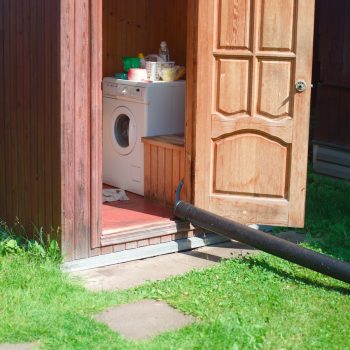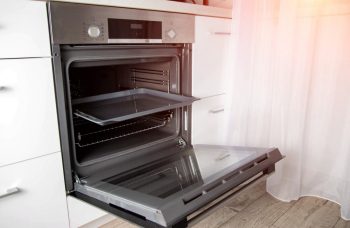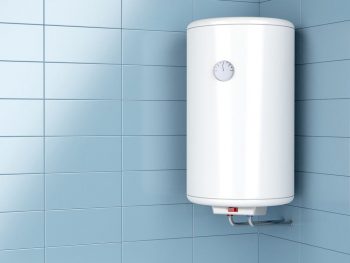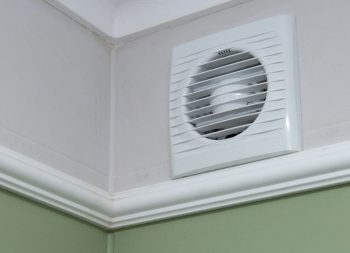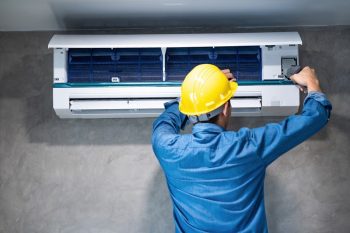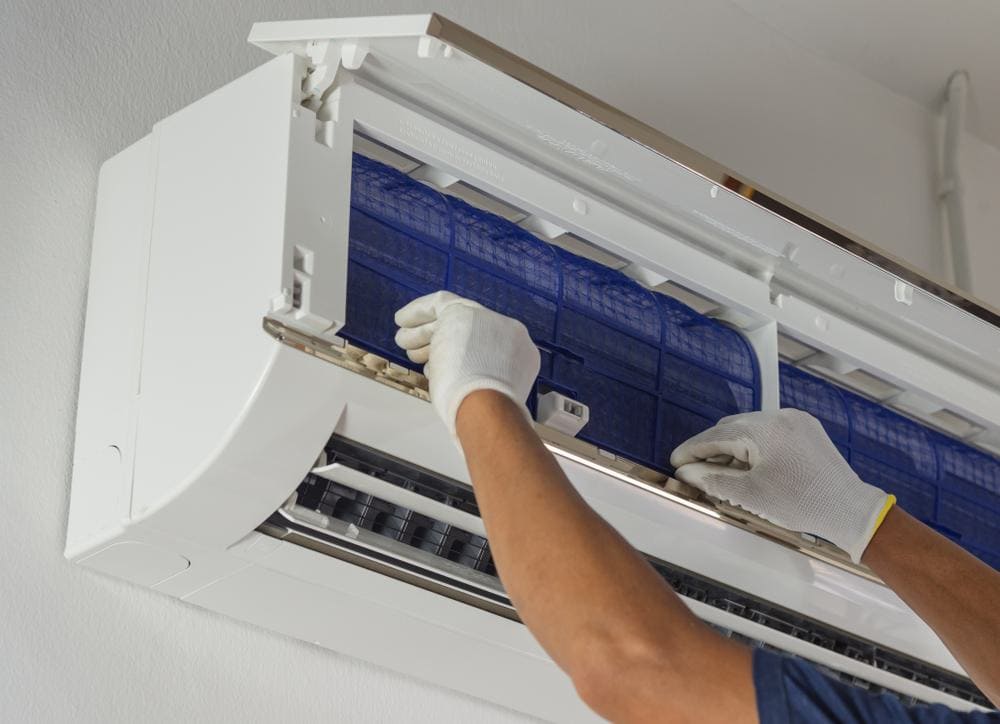
Testing the low-pressure switch on your air conditioning (AC) unit is an essential part of maintaining the system’s overall health and efficiency. A malfunctioning low-pressure switch can lead to inefficient cooling, increased energy consumption, and even damage to the compressor. This article will provide you with a comprehensive guide on how to test the low-pressure switch on your AC unit.
To test the low-pressure switch on your AC, first gather the necessary tools, including a 5/16″ nut driver, a 1/4″ nut driver, a screwdriver, and a multimeter. After turning off the power to the unit, locate and disconnect the wires from the low-pressure switch. Set your multimeter to measure resistance (ohms) and connect it to the switch’s terminals. Apply atmospheric pressure using an air compressor and check the resistance reading. If the multimeter reads ‘0’ ohms, the switch is functioning correctly. If not, the switch may be faulty and need replacement.
What is a Low-Pressure Switch?
The low-pressure switch is a critical component of your AC system. It monitors and controls the refrigerant pressure within the system, ensuring that the pressure never drops too low. This can happen due to a leak or other issues.
When the pressure drops too low, the low-pressure switch turns off the entire air conditioning unit to protect the compressor from overheating and failing. It serves as a safety monitor, ensuring that the AC unit operates within safe pressure levels and preventing damage to the compressor and other components.
Why Test the Low-Pressure Switch?
Testing the low-pressure switch is crucial for several reasons. Firstly, it protects the compressor. Operating the compressor with low refrigerant pressure can cause serious damage, leading to costly repairs.
Secondly, testing the low-pressure switch helps ensure optimal performance. If the switch is not working correctly, it can lead to inefficient cooling performance and increased energy consumption.
Lastly, testing the low-pressure switch can prevent potential damage. A malfunctioning low-pressure switch can cause the compressor to overheat and fail, which can result in damage to other AC components.
Signs of a Malfunctioning Low-Pressure Switch
Some of the signs that your low-pressure switch may be malfunctioning include intermittent air conditioning, the AC compressor not turning on, the AC compressor turning on and off rapidly, the AC system blowing warm air, high or low pressure readings in the air conditioner, strange noises coming from the system, and the AC system turning off unexpectedly.
If you notice any of these signs, it is recommended to have a professional inspect your air conditioning system to determine if the low-pressure switch is the cause of the issue and perform any necessary repairs.
Tools Needed for Testing
To test the low-pressure switch on your AC unit, you will need a 5/16″ nut driver, a 1/4″ nut driver, a screwdriver, and a multimeter. The multimeter is essential for testing the low-pressure switch because it measures the resistance between the two terminals of the switch.
Step-by-Step Testing Process
To test a low-pressure switch on an AC system, follow these step-by-step instructions:
- Gather the necessary tools: You will need a 5/16″ nut driver, a 1/4″ nut driver, a screwdriver, and a multimeter.
- Turn off the power: Disconnect the power to the unit or turn off the breaker that supplies it.
- Locate the low-pressure switch: Find the low-pressure switch on your AC unit. It is usually located near the compressor or on the refrigerant lines.
- Disconnect the wires: Remove the wires connected to the low-pressure switch. This will allow you to test the switch using the multimeter.
- Set up the multimeter: Set your multimeter to measure resistance (ohms). Connect one lead of the multimeter to one terminal of the low-pressure switch and the other lead to the second terminal.
- Apply air pressure: Use an air compressor to apply atmospheric pressure to the low-pressure switch.
- Check the resistance: While applying atmospheric pressure, check the resistance reading on the multimeter. If the low-pressure switch closes when atmospheric pressure is applied, the multimeter will read ‘0’ ohms, indicating that the switch is functioning correctly.
- Reconnect the wires: If the switch is working properly, reconnect the wires that you disconnected earlier.
If the multimeter does not read ‘0’ ohms when atmospheric pressure is applied, it may indicate that the low-pressure switch is faulty and needs to be replaced.
In conclusion, testing the low-pressure switch is a critical part of maintaining your AC unit’s efficiency and longevity. If you’re unsure about the testing process or need assistance, it’s always recommended to consult a professional technician for guidance.
Frequently Asked Questions
What is the function of a multimeter in testing a low-pressure switch?
A multimeter is a device used to measure electrical quantities such as voltage, current, and resistance. In the context of testing a low-pressure switch, it is used to measure the resistance between the two terminals of the switch. If the switch is functioning correctly, the multimeter should read ‘0’ ohms when atmospheric pressure is applied.
How often should I test the low-pressure switch on my AC unit?
The frequency of testing the low-pressure switch can depend on several factors such as the age of your AC unit and the climate in which it operates. However, as a general rule, it’s a good idea to test the low-pressure switch at least once a year as part of your regular AC maintenance routine.
What should I do if the low-pressure switch is faulty?
If the low-pressure switch is faulty, it should be replaced as soon as possible to prevent potential damage to the compressor and other components of the AC unit. It is recommended to have this done by a professional technician to ensure proper installation and operation.
Can I test the low-pressure switch myself or should I hire a professional?
While it is possible to test the low-pressure switch yourself if you have the necessary tools and knowledge, it is generally recommended to hire a professional. This is because the process involves working with electrical components and refrigerant pressures, which can be dangerous if not handled correctly.


